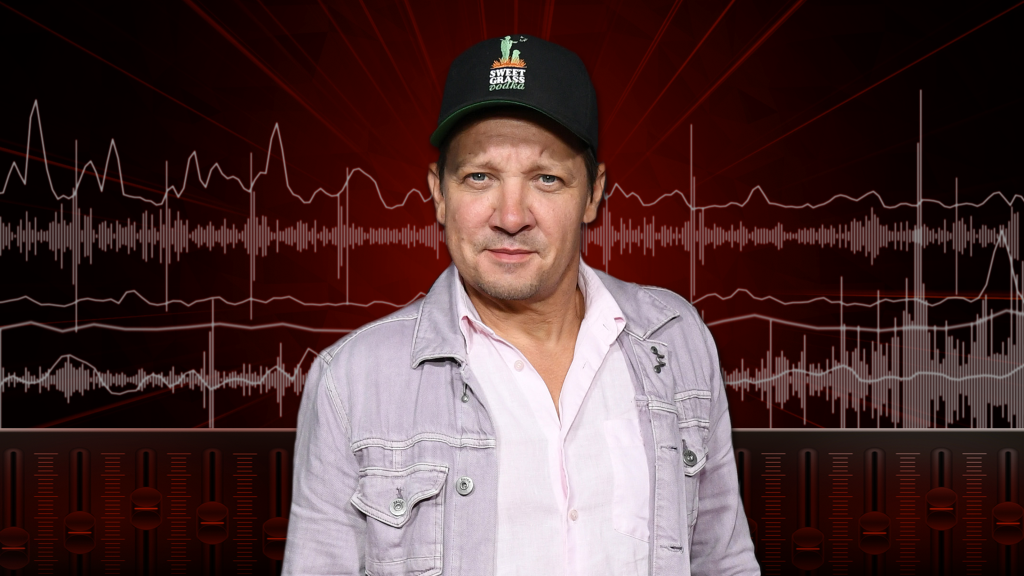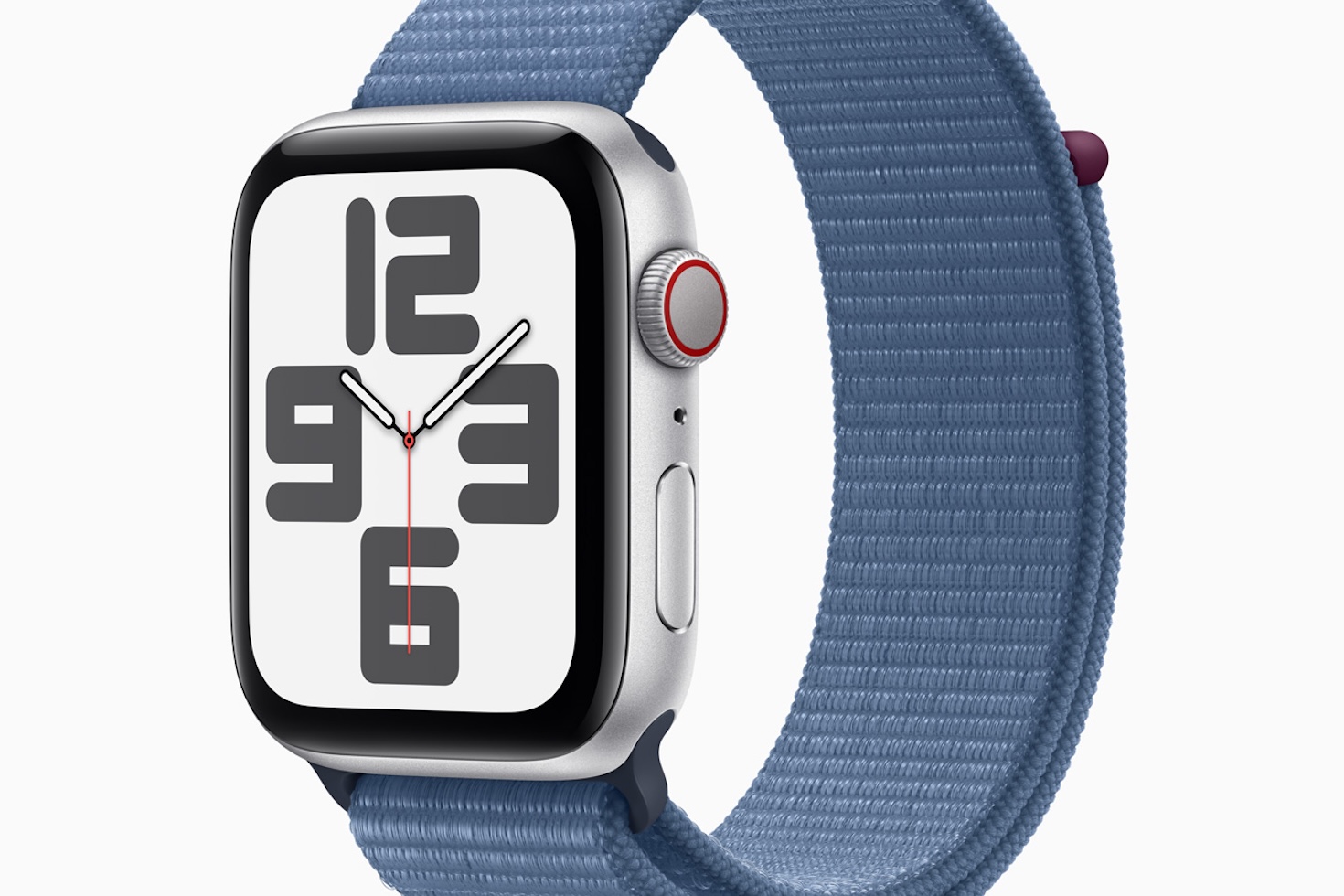Now Reading: AI is now used for audio description. But it should be accurate and actually useful for people with low vision
-
01
AI is now used for audio description. But it should be accurate and actually useful for people with low vision
AI is now used for audio description. But it should be accurate and actually useful for people with low vision

With the recent surge in generative artificial intelligence (AI) becoming more widely available, it appears that a new AI tool emerges almost every week. AI is being used in various fields, offering solutions for productivity, creativity, research, and accessibility, making products, services, and content more usable for individuals with disabilities.
An example of the intersection between the latest AI technology and disability is seen in the award-winning 2024 Super Bowl ad for Google Pixel 8. Directed by blind director Adam Morse, the ad showcases an AI-powered feature that aids blind and low-vision users in capturing photos and videos through audio cues, haptic feedback, and animations.
AI is also revolutionizing audio description creation and may change how it is perceived. There is a growing interest in AI’s potential to create more accessible technology, with tools like Microsoft’s Seeing AI app and Be My AI app assisting blind users in various tasks. Additionally, there are more AI software options available for text-to-speech, document reading, and audio description production.
While AI has the potential to enhance accessibility, there are concerns about its impact on job roles, such as in the audio description industry. AI tools could automate audio description scripts, but some worry this may compromise quality and creativity. It’s essential to ensure that AI technologies are critically evaluated and improved to maintain their accuracy and reliability for users, particularly those with visual impairments.
To fully leverage the benefits of AI for accessibility, it is crucial to involve blind and low-vision users in the development and deployment of AI tools for audio description and other assistive technologies. The accuracy and trustworthiness of AI-generated content must be prioritized to ensure that these tools truly enhance accessibility for all users.






